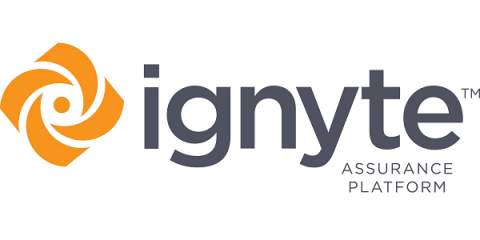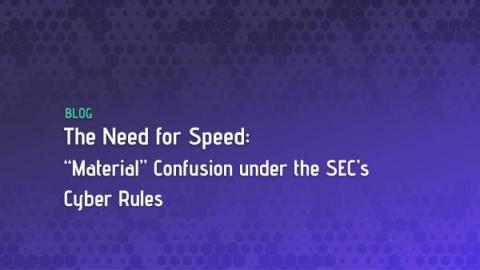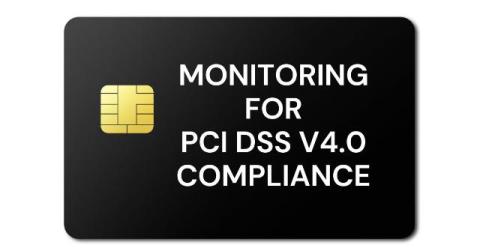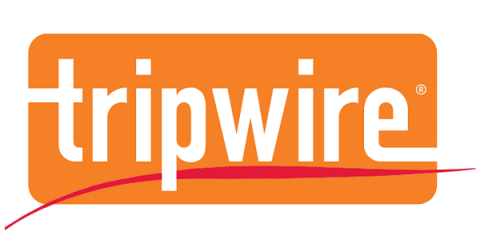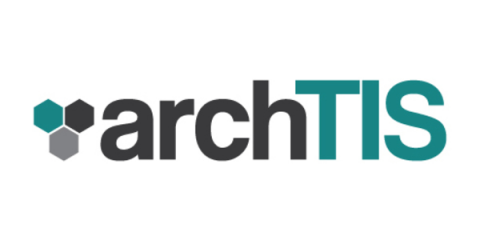Guide: What is FedRAMP Tailored and What is The Difference?
In the past, we’ve talked a lot about the various FedRAMP guidelines required to reach either a single Authority to Operate or a generalized Provisional Authority to Operate. One thing that can be said to be common to all of these is that, in general, you’re talking about FedRAMP Moderate Impact Levels when you discuss these kinds of standards and certification processes. This is because around 80% of cloud service providers and offerings are classified as Moderate impact.


